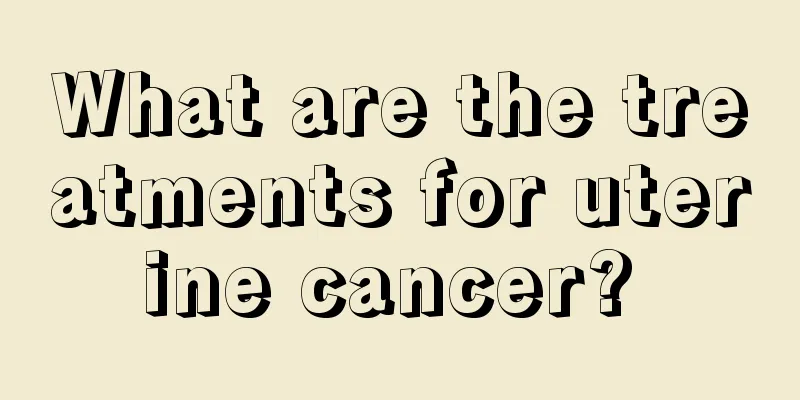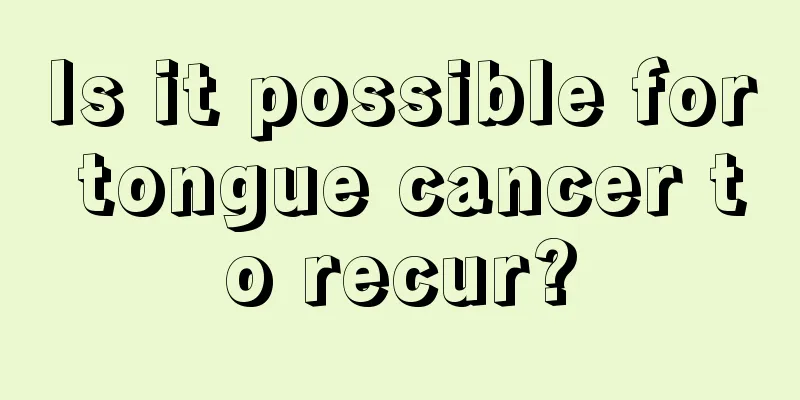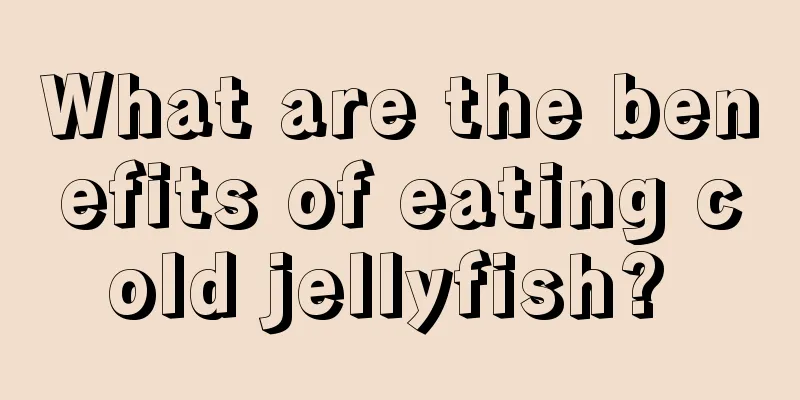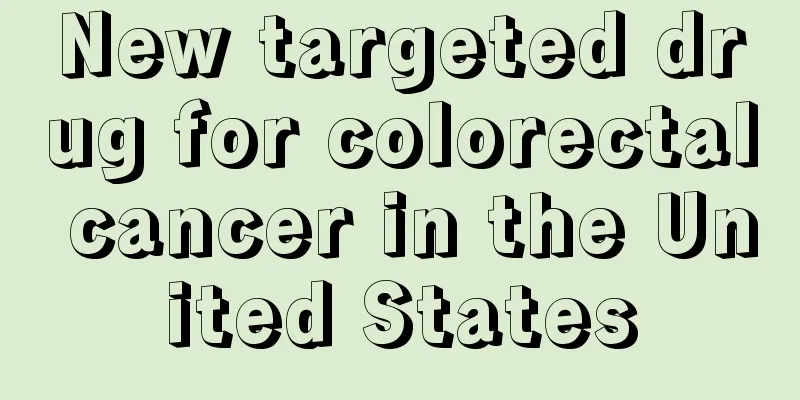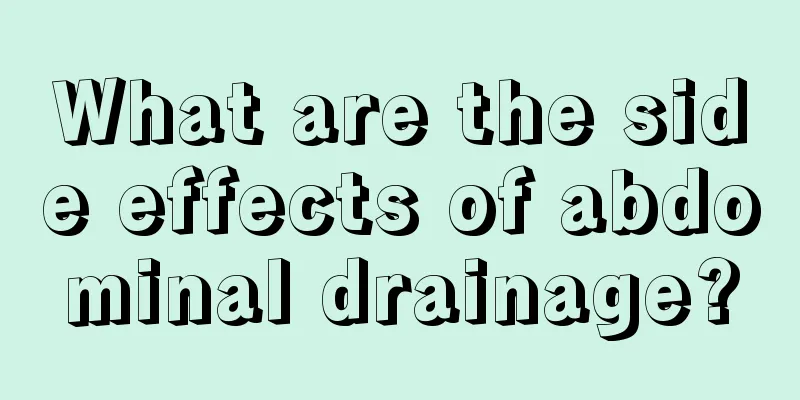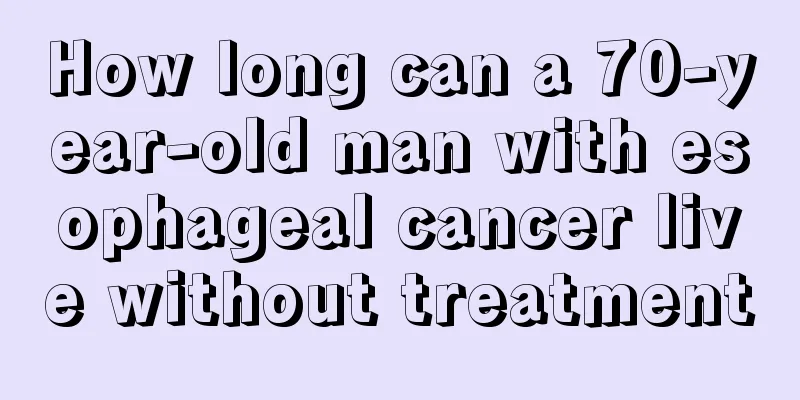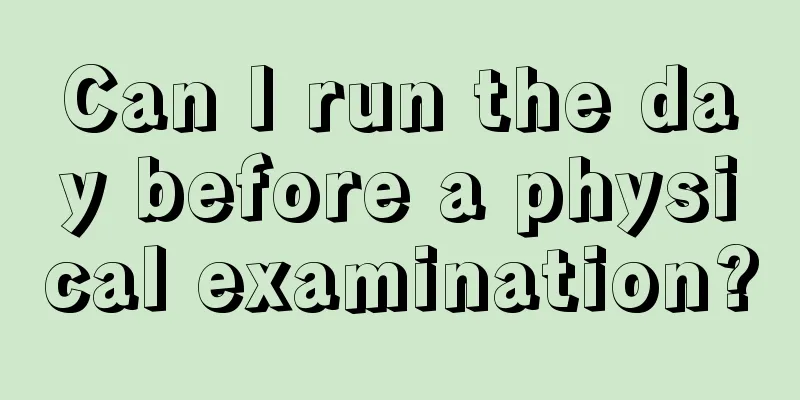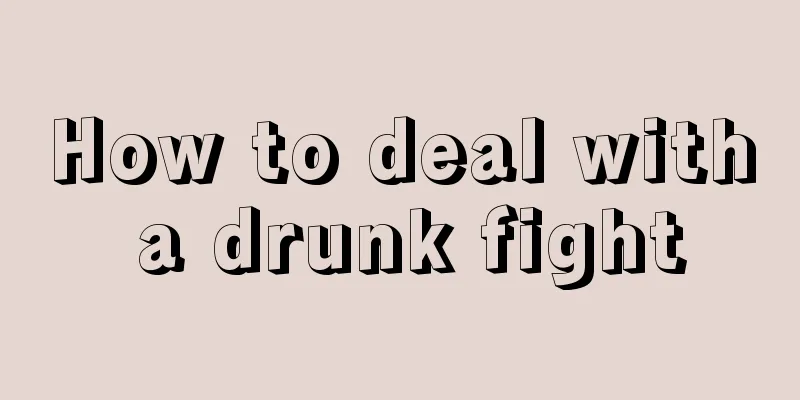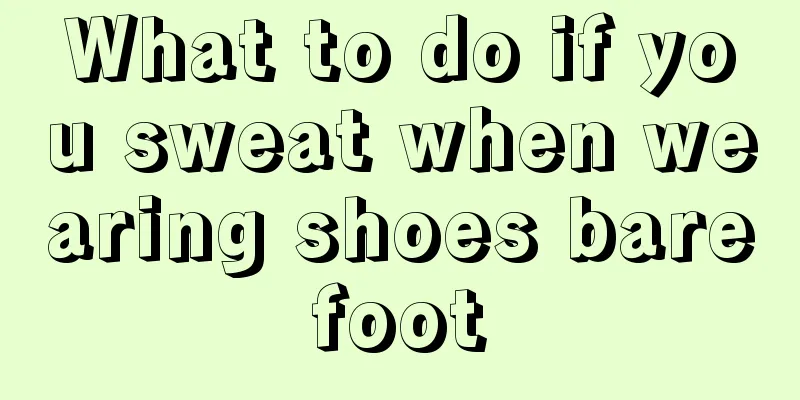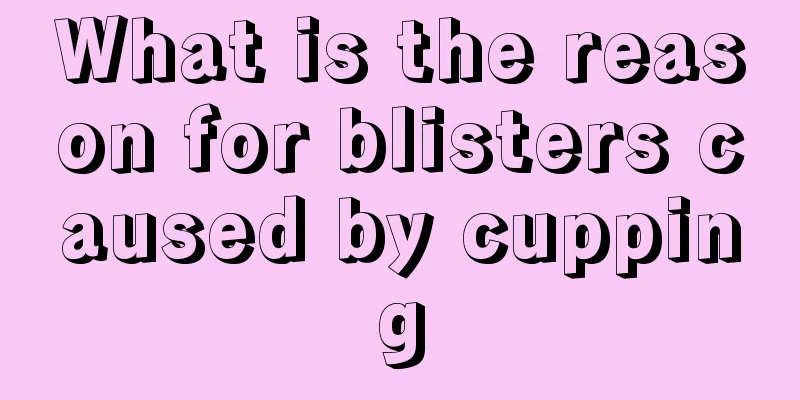How to treat supraventricular tachycardia, four methods can help you
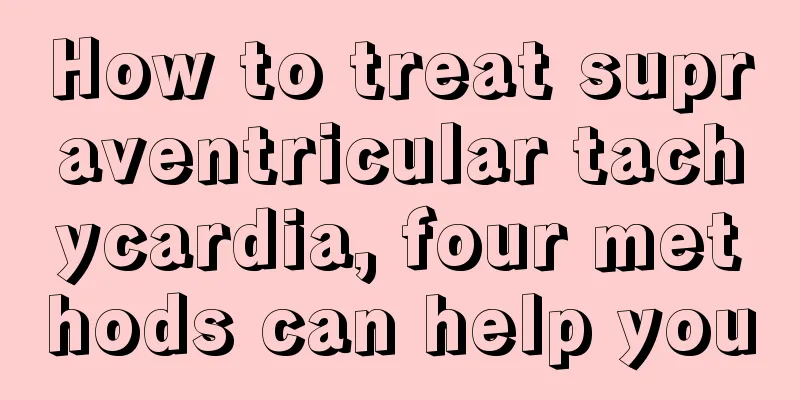
|
Supraventricular tachycardia is a common disease that is extremely harmful to patients and must be treated actively. At present, there are three methods to treat this disease. One is physical method, the second is drug method. If it is intravenous medication, atropine should be prepared in advance; the third is surgical treatment, and the success rate has been significantly improved. 1. Physical methods SVT is terminated by stimulating the vagus nerve. The methods are as follows: ① Ice water hair mask method: soak hair in 4-5℃ water and apply it to the sick child's face or place an ice bag on the face to stimulate the vagus nerve for tens of seconds each time. If it is ineffective once, use it again after 3 to 5 minutes. Generally, do not use it more than 3 times. This method is more suitable for newborns and young infants. ② Apply force, hold your breath, drink ice water, Valsalva maneuver or adopt special posture: suitable for older children. ③ Carotid sinus massage: Massage for 5 to 10 seconds each time. Do not press on both sides at the same time. Stop pressing once sinus rhythm is restored. ④ Use your hands or a tongue depressor to stimulate the patient's throat to cause nausea and vomiting. 2. Drug method: Those who use intravenous medication should have atropine, isoproterenol and calcium preparations ready. (1) Digitalis drugs: Digitalis drugs should be used for patients with symptoms of heart failure. This drug can enhance vagal nerve tone, slow down atrioventricular junction conduction, convert SVT to sinus, enhance myocardial contractility and control heart failure. This drug is contraindicated in older children with SVT caused by digitalis poisoning and with symptoms of preexcitation syndrome. Use with caution in patients with hypokalemia, myocarditis, SVT with atrioventricular block, or impaired renal function. The dosage is the same as before. (2) β-blockers: propranolol and esmolol are commonly used. It has a fast-acting effect and few side effects when applied intravenously. It is contraindicated in patients with severe atrioventricular block, asthma and heart failure. The dosage is the same as before. (3) Propafenone (Propafenone) It has a significant effect of prolonging conduction and can inhibit bypass conduction. Intravenous medication is fast, effective and relatively safe, and is considered the first choice in China. 1-3 mg/kg each time. Dissolve in 10 ml of glucose solution and slowly inject over 10-15 minutes. If ineffective, repeat 1 to 2 times after 20 minutes. Generally no more than 3 times. (3) Adenosine strongly excites the vagus nerve, inhibits the pacemaker of the atrioventricular node, reduces atrioventricular conduction, interrupts the reentry conditions and terminates the attack. It has the characteristics of fast cardioversion, high efficiency, repeatability, no accumulation and no negative inotropic effect. It is one of the best drugs for treating SVT. The dosage is generally 0.05-0.25 mg/kg each time, requiring rapid intravenous injection (within 1-2 seconds). Slow administration or administration from a distal vein is generally ineffective. ECG monitoring should be performed during use and it is not suitable for children with asthma. (4) Amiodarone (Cordarone): It can prolong the effective refractory period of the sinoatrial node, atrioventricular node, atrium and accessory cardiac bundles. It is effective in controlling and preventing SVT, but it has significant side effects and should not be used as the first choice drug. The intravenous slow injection dose is 2.5 to 5 mg/kg each time. The oral dose and usage are the same as those for treating premature beats. (5) Verapamil (Verapamil): a selective calcium ion antagonist. Initially used in older children, 0.1 to 0.2 mg/kg is administered slowly. It is very effective in terminating SVT, but verapamil can reduce cardiac output and cause hypotension and cardiac arrest, so verapamil is contraindicated in infants under 1 year old. (6) Procainamide or quinidine: Reduce the autonomy of ectopic pacemakers and prolong the refractory period of the atrial muscle, thereby restoring sinus rhythm. The dosage and usage are the same as those for treating premature beats, and after conversion, it is changed to a maintenance dose. 3. Electrical therapy 24-hour dynamic electrocardiogram can be used to monitor the treatment process and detect short bursts of tachycardia. (1) Synchronous direct current shock cardioversion: This method should be considered for some children whose SVT cannot be controlled by medication and who have obvious hemodynamic disorders, but it is contraindicated for those caused by digitalis poisoning. The amount of electricity generally used is 0.5 to 1 watt-second/kg each time. If the electric shock is not successful once, the energy can be increased after 1 to 2 minutes. Generally, no more than 4 consecutive electric shocks should be given. After successful electric shock, medication should be used to maintain the therapeutic effect. (2) Atrial pacing: Use transesophageal atrial pacing or right atrial pacing to terminate SVT with overdrive inhibition or burst pulse method. However, recurrence may still occur after successful cardioversion. (3) Catheter ablation: There are two types of catheter ablation: electrical ablation and radiofrequency (RF) ablation, with RF ablation being preferred. RF ablation is an emerging treatment method in recent years. It uses accurate intracardiac electrophysiological positioning through cardiac catheterization and utilizes the high temperature of the contact surface between the electrode and the tissue to dehydrate and dry the local tissue, forming coagulative necrosis, thereby changing or eliminating the excitation and conduction function of the tissue, destroying ectopic excitation foci or blocking reentry, and preventing SVT from occurring. It is one of the methods for the radical cure of SVT, with a success rate of 80% to 100%. Because it is a invasive treatment technique, the indications should be strictly followed. Pediatrics is suitable for children with frequent attacks, who are difficult to control satisfactorily with drugs or who cause hemodynamic disorders, especially those over 3 years old, and SVT with atrioventricular nodal reentry and atrioventricular reentry. 4. Surgical treatment The ritual is limited to older children. Indications for surgery are: patients who have not responded to long-term medical treatment or cannot tolerate drug treatment; patients whose lives are in danger when the disease is severe; patients with congenital heart disease who need surgery to correct the deformity. The tachycardia is treated by surgically removing, disconnecting, or ablating the myocardial tissue from which the tachycardia originates or propagates. In recent years, the success rate has been improved by performing surgery under electrophysiological positioning. |
<<: Paroxysmal sinus tachycardia, prevention is the key
>>: What is the reason for sweating after eating?
Recommend
Effective preventive measures for bladder cancer
We should learn more about the disease and take e...
The harm of sleeping with wet hair
After washing your hair at night, you must wait f...
What are the harms of holding your breath while sleeping on your stomach?
Many people often sleep on their stomachs at nigh...
Prostate cancer prognosis
Prostate cancer is a common malignant tumor in ur...
Can I drink rose tea while taking medicine
In our lives, many people like to drink rose tea ...
What's wrong with numb back muscles
There are actually quite a lot of muscles in the ...
Can I smoke if I have tonsil suppuration
Tonsillitis is a common occurrence. Many people d...
What are some tips for treating cold, pharyngitis and stuffy nose?
If you catch a cold in your daily life, it is eas...
What to eat to prevent stomach cancer? Eat more of these two things
To prevent stomach cancer, it is recommended that...
What to eat to prevent prostate cancer
Most of the nutrients in the body need to be prov...
What are the symptoms of lung stones?
In life, everyone should be very familiar with di...
How long does it take to recover from a double eyelid surgery?
Double eyelid cutting is a minor cosmetic surgery...
How do patients with prostate cancer take care of themselves
At present, prostate disease is a common disease ...
What to do if your skin is dry and itchy in winter
The weather is cold in winter. Although we are wr...
Can TCM cure laryngeal cancer?
Traditional Chinese medicine is a traditional met...
